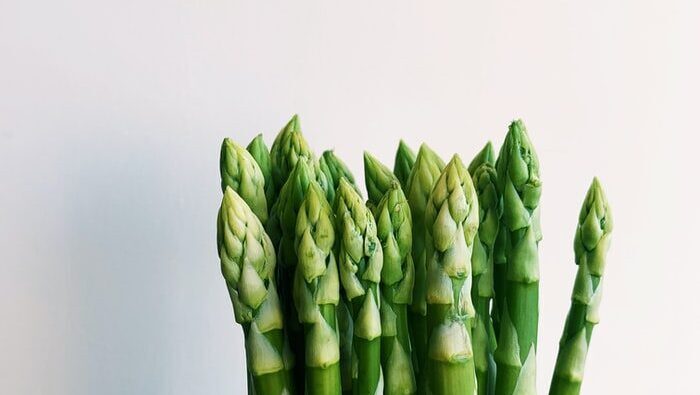3 min read
Written by Taarini Chopra

Okanagan Speciality Fruits, a company based in Summerland BC, has developed an apple that doesn’t brown after being sliced. The company applied to the United States Department of Agriculture for approval to grow the apple in 2010, and has now asked the Canadian Food Inspection Agency (CFIA) and Health Canada for approval to grow their “Arctic” apple in Canada as well.
The apple sparks a long list of concerns. Cross-contamination is on the top of that list, as it is with most GM crops. Organic and conventional farmers are wary of losing their orchards once the pollen from GM trees starts moving around, as it inevitably will. Further, apple trees have a much longer lifespan than annually planted crops, and the environmental impacts of planting GM trees is far from certain. As with other GM crops, the Arctic apple would not need to go through a GM-specific safety testing process, nor would they be labelled.
Perhaps the most important question however, is whom the technology really stands to benefit. Okanagan Speciality Fruits promises that the apples will “provide a more enjoyable eating experience.” But is that worth the huge replanting costs to producers? It doesn’t seem so; apple growers in BC oppose the GM apple, and also stopped its trial when it was first being tested in 2001. They aren’t the only ones who would be affected, however. Along with growers in the Okanagan, producers in the maritimes, Quebec and Southern Ontario would also have to deal with the risk of cross-contamination and other environmental impacts if the GM apple is approved, as would the numerous apple growers in Waterloo Region.
And is the Arctic apple really what eaters want? According to a recent poll commissioned by the BC Fruit grower’s Association and the Quebec Apple Producers Association, 69% of consumers don’t want to eat the GM apple. Others argue that, by appearing fresh when it is past its peak, it is merely a disguise of true freshness and nutritional value. The apple appears, in fact, to be suited to the needs of large-scale packers who sell pre-packaged snacks, and large-scale producers, whose mechanical harvesters, the company promises, will not bruise these apples as much as regular varieties.
Past instances may be indications that consumers do not want to welcome crops like the Arctic apple onto their shelves. Calgene’s FlavrSavr tomato, the first GM crop that was approved in the US, was introduced to grocery stores with much hype and promises of enhanced flavour and appearance. The tomato was engineered for slow ripening, allowing it to ripen on the vine, and be harvested with minimal damage to the fruits. As it turned out however, the promises were not kept, and after several (rather ironic) complaints of flavourless and easily damaged fruit, the tomato was taken off the shelves.
The biotech industry has been repeatedly chastised for failing to develop crops with higher yields or nutritional values, despite longstanding claims of the technology’s potential to do so. In this context, it is perhaps worth questioning whether the Arctic apple is the beginning of an industry push for a “second generation” of GM foods that are beneficial for eaters, or whether they are in fact designed with the interests of large-scale industry in mind. The debate also begs the question: What’s wrong with lemon juice?
______________
For more information, visit http://gefreebc.wordpress.com/category/ge-apple/ and read the Canadian Biotechnology Action Network fact sheet. To sign the petition (in BC), write to your MP or provinicial agricultural minister, or to find out how else you can join the campaign to stop the GM apple, visit cban.ca/apple.
